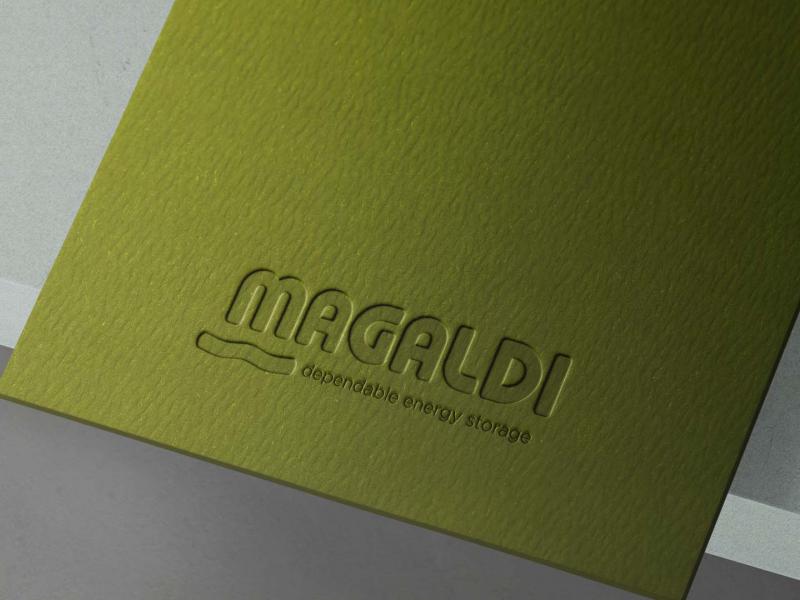
Letizia Magaldi, Executive Vice President Magaldi Green Energy
By 2030, the EU-27 will commit to sourcing 42.5% of its energy from renewable sources such as wind and solar, with a potential increase up to 45%. The initial target was 32%. As part of the agreement, member States, for example, will aim to increase the share of renewables in the energy used by the transportation sector to 29%. Essentially, each country will need to increase its share of clean energy. In 2021, the average share of renewable energy in the EU was around 22%, so the challenge is to achieve a substantial doubling within less than 10 years.
For many, it may seem impossible, but we stay optimistic.
With each shift in the landscape, our history has instilled in us the belief that innovation and embracing further changes are the sole viable responses. Avoiding or even opposing change has never brought good results, and this will increasingly be the case. In a book from a few years ago, Kevin Kelly spoke of the "inevitability" of change, explaining that technology is the accelerant of humanity. "It is thanks to it that everything we do is always in the dimension of becoming: everything is becoming something else as it reshuffles, transitioning from 'could' to 'is'."
We are optimistic, driven by the conviction gained from nearly a century of innovation. In 1929, my grandfather, Paolo Magaldi, patented and launched large-scale production of a special buffalo leather power transmission belt called the Supercinghia. It quickly gained recognition in the international market for its unparalleled reliability, which became legendary over the following decades.
In the 1950s, as technologies changed, power transmission belts began to lose market share. However, we responded to these changes with even more radical transformations. Paolo decided to repurpose the Supercinghia for other uses and identified a promising market in bulk material handling. This led to the development of the first "conveyor belt made of a steel mesh with bolted steel plates" in the late 1960s, which served as the predecessor to the current Superbelt® steel conveyor belt.
Even today, belts installed 50 years ago continue to operate without requiring any significant maintenance interventions.
In the early 1980s, when sustainability was not only not a must but was considered little more than a whim, my father, Mario Magaldi, patented a system that transformed the energy production sector. He introduced the technology of dry extraction of heavy ashes, which allowed for the elimination of water pollution when mixed with the ashes. The collected ashes, once cooled, are reused as a cement additive. Previously, as waste material, they were disposed of in landfills or even dumped into seas and rivers.
Sustainability has become a mantra
Today, sustainability has become a mantra, and ecological transition is a program that goes beyond politics, embracing social and ethical dimensions. Major companies have committed to transitioning energy-intensive systems into ones that are increasingly mindful of the needs of the planet and future generations. Following the path of our history, we have continued to bet on the future. Magaldi Power gave birth to Magaldi Green Energy with the aim of developing and producing innovative technologies in the field of renewable energy generation and storage. We have patented two solutions that will make a significant contribution to the ongoing change.
MGTES - Magaldi Green Thermal Energy Storage is the storage technology that aims to overcome and solve the intermittency of renewables.
A container made of steel and full of sand stores green energy and releases it as heat to energy-intensive industries. Just a few years ago, it might have appeared impossible, perhaps even unnecessary, but today the pursuit of gas independence has turned into a competition that no one can afford to ignore.
Parallel to MGTES, we have also developed another technology related to concentrated solar power, ELIOSTAT. It still involves containers with a bed of sand, but instead of drawing energy from the grid, it harnesses energy from mirrors. We are expanding its global presence, although it caters to a more specialized market due to its requirement for abundant sunlight and ample space. We provide concentrated solar power with photovoltaics in Latin America, North America, Mexico, and Gulf countries.
In facing the challenge of achieving 42.5% renewable energy in Europe by 2030, I believe we can foster an attitude of healthy and realistic confidence. Research, investment, and innovation will equip us with all that is necessary to declare, in a few years' time, that we have successfully transformed a "could" into an "is".



